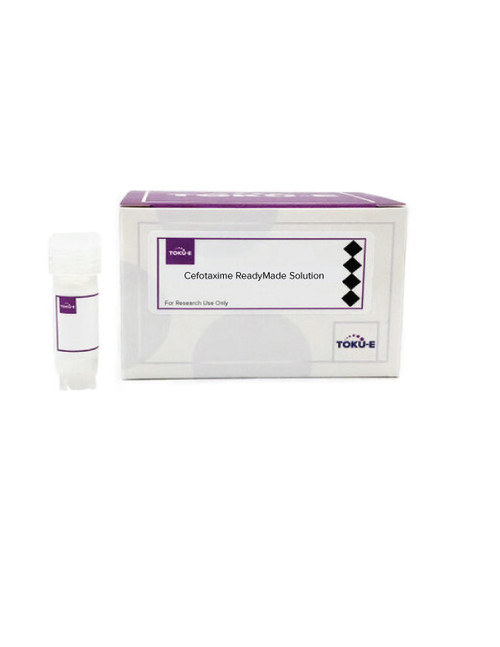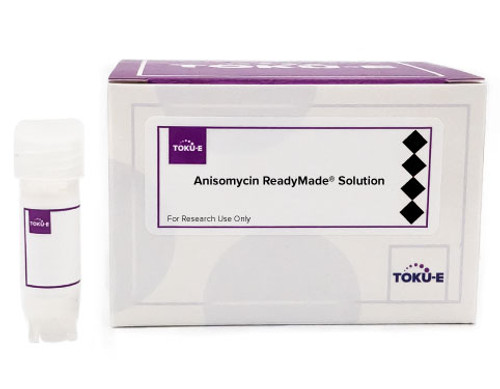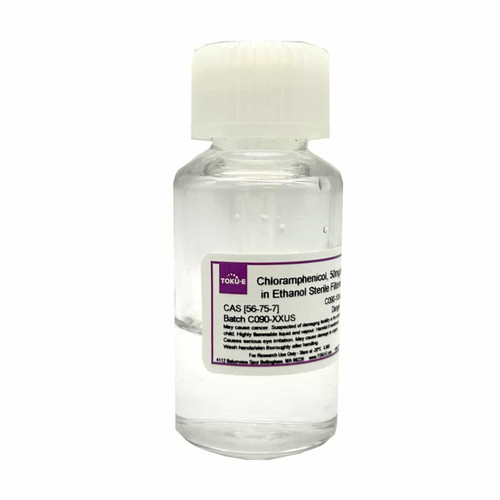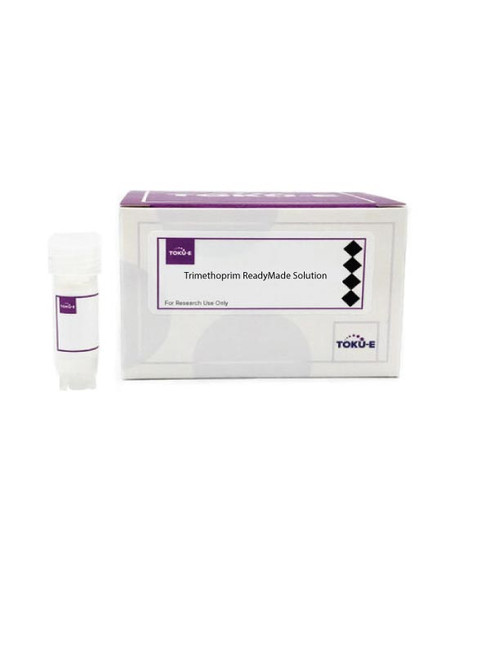Nystatin ReadyMadeTM solution is provided as a sterile-filtered solution of Nystatin formulated in water at a concentration of 20,000-40,000 units/ml. It has been filter-sterilized using a 0.22 μm filter.
Nystatin is a complex containing 3 biologically active components: A1, A2 and A3. It is a polyene antifungal and growth promoter that has fungistatis and fungicidal properties. It was discovered in 1950 by Rachel Fuller Brown and Elizabeth Lee Hazen and was the first polyene macrolide antifungal, named after New York State. Commercially,it was produced at industrial scale by Squibb & Sons in 1954. It functions by accumulating cholesterol and thereby sequesters lipid from cell membranes. Interestingly, it can be used in quantum dot research, since cholesterol depletion could block several lipid raft-dependent endocytic pathways.
We also offer:
| Mechanism of Action | Nystatin binds ergosterol in the fungal cell membrane forming pores and increasing permeability. It is a channel-forming ionophore, meaning it forms a membrane-spanning pore in teh fungal plasma membrane. The altered permeability is toxic to the fungi leading to growth inhibition or death. It has a similar mechanism to Amphotericin B. It is not active against bacteria since they do not contain sterols in their cell membrane. |
| Spectrum | Nystatin primarily targets fungi, yeasts and molds. It is active against Candida species, but in vitro, some species such as C. tropicalis can develop resistance. It is either fungistatic or fungicidal depending on the concentration of Nystatin, pH of the medium, and the nature of the infecting organism. It has a slightly narrower spectrum than Amphotericin B. |
| Microbiology Applications |
Nystatin is commonly used in clinical in vitro microbiological antimicrobial susceptibility tests (panels, discs, and MIC strips) against fungal isolates. Medical microbiologists use AST results to recommend treatment options. Representative effective ranges include: Candida albicans 0.78 µg/mL - 400 µg/mL |
| Eukaryotic Cell Culture Applications |
Nystatin is commonly used to prevent contamination in cell culture. Quantum dots can be used to deliver and monitor biomolecules, but the study of the uptake mechanism is just beginning. Researchers found that Nystatin is a highly selective inhibitor of the lipid raft-dependent pathway and the uptake of SR9 is a lipid raft-dependent process, thus it can be a valuable compound for quantum dot research (Xu et al, 2010). |
| Plant Biology Applications | Nystatin can be used in plant tissue culture to contol contamination. |
| Molecular Formula | C47H75NO17 |
| References |
Rice LB and Ghannoum MA (1999) Antifungal agents: Mode of action, mechanisms of resistance, and correlation of these mechanisms with bacterial resistance. Clin. Microbiol. Rev. 501-17 Sevtap Arikan (2002) In vitro activity of Nystatin compared with those of liposomal Nystatin, Amphotericin B, and Fluconazole against clinical Candida isolates. J. Clin. Microbiol. 40(4):1406-1412 Watts JW and King JM 1973) The use of antibiotics in the culture of non-sterile plant protoplasts. Planta. 113(30:271-277 Wilson ZA and Power JB (1989) Elimination of systemic contamination in explant and protoplast cultures of rubber (Hevea brasiliensis). Plant Ceil Rep. 7::622-662 Xu Y et al (2010) Nona-arginine facilitates delivery of quantum dots into cells via multiple pathways. J. Biomed. Biotechnol 2010 ID 948543, 11 pp. |












